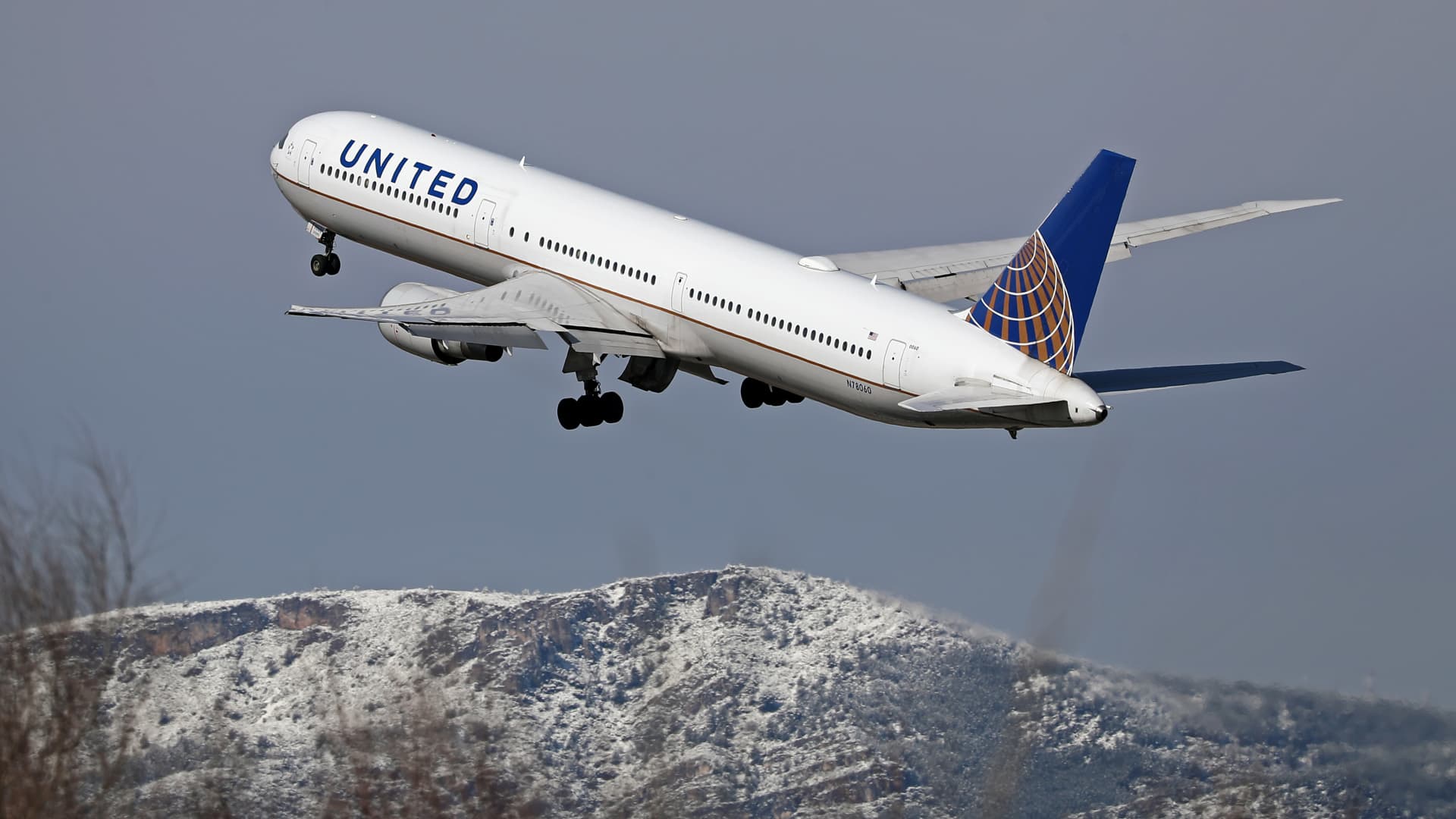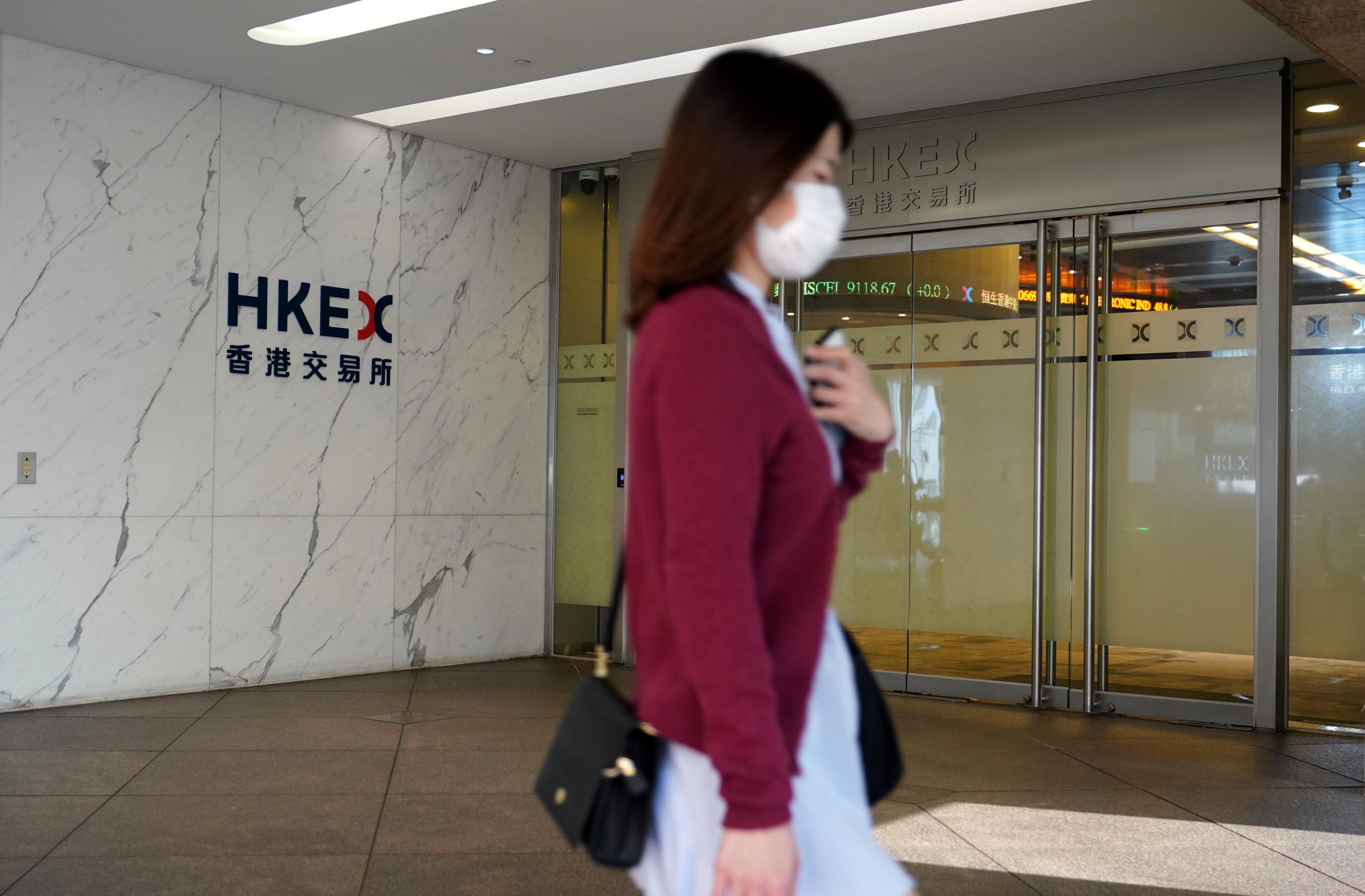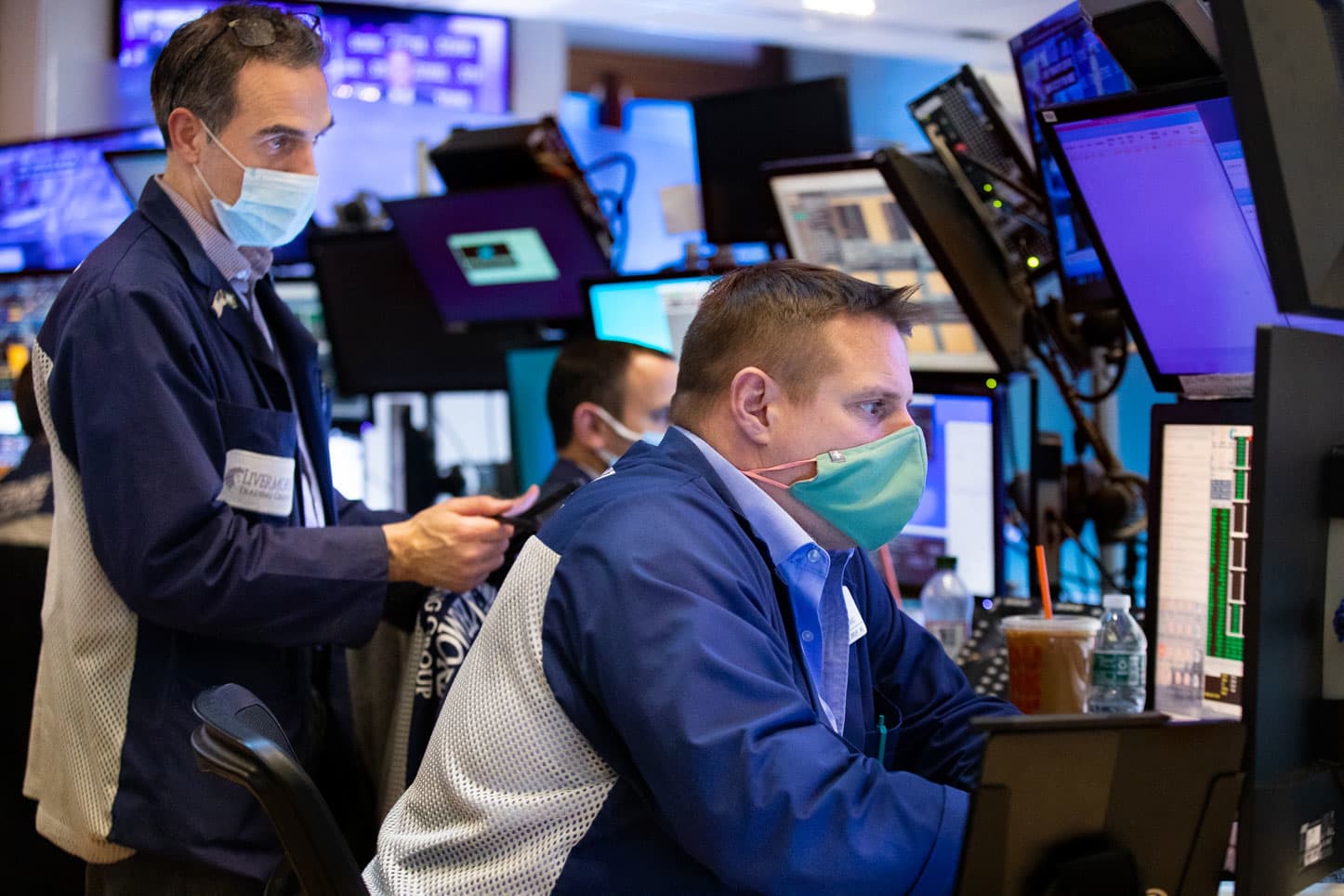United Airlines posts net loss but forecasts profit for second quarter
United reported a loss for the first three months of the year but forecast a profit for the second quarter, when the peak summer travel season picks up.

A view of a United Airlines plane at Barcelona Airport in Barcelona, Spain, on February 27, 2023.
Joan Valls | Nurphoto | Getty Images
United Airlines reported a loss for the first three months of the year as business trips dipped and leisure travelers returned to more traditional travel periods, but the carrier's CEO said it expects a second-quarter profit thanks to strong bookings for the start of the peak travel season.
The airline joined rival Delta Air Lines in reporting strong travel demand for the spring and summer, despite some predictions for an economic slowdown.
United CEO Scott Kirby on Wednesday said the economy feels strong but warned that the airline needs to prepare for potential weakness and economic shocks.
Kirby described large corporate customer bookings as weak compared with leisure demand, particularly international leisure. He told CNBC's "Squawk Box" that the Silicon Valley Bank collapse earlier this year drove down business travel bookings by double digits "literally overnight." Those bookings quickly rebounded, he said.
For the second quarter, United expects adjusted earnings per share of $3.50 to $4 and revenues to rise 14% to 16% from last year, on capacity up 18.5% from last year.
United shares were up 4% in morning trading on Wednesday.
Here's how United performed in the first quarter compared with what Wall Street expected, based on average estimates compiled by Refinitiv:
Adjusted loss per share: loss of 63 cents versus an expected 73 centsTotal revenue: $11.43 billion versus expected $11.42 billionFor the three months ended March 31, United generated $11.43 billion in revenue, essentially in line with analysts' forecasts and up more than 51% from the same period last year. United posted a net loss of $194 million, or a loss 59 cents a share, compared with a loss of $1.4 billion, or a loss $4.24 per share, in the first quarter of last year.
Adjusting for one-time items, United had a per-share loss of 63 cents, a narrower loss than the 73 cents that analysts polled by Refinitv were expecting, but at the stronger end of a previously stated range of a loss per share between 60 cents and $1.
Revenue per available seat mile, a sign of how much money airlines are generating compared with how much they're flying, was up more than 22% from a year ago.
Unit costs were up 4% on the year, but down 0.1% when stripping out fuel. The airline paid $3.33 a gallon for jet fuel, up from $2.88 a gallon in the first quarter of 2022.
United executives will discuss results with analysts and media on Wednesday at 10:30 a.m.
Executives are likely to face questions about growth constraints during the second and third quarters, when airlines make the bulk of their revenue.
United and other airlines are planning to reduce flights in the New York area in the coming months in response to a shortage of air traffic controllers, though carriers plan to use larger airplanes where possible.
Airlines are also facing a shortfall of new aircraft after delays from manufacturers Boeing and Airbus.
Boeing last week warned that a flaw with two of eight brackets in some of its 737 Max planes could slow deliveries of new planes. United CEO Scott Kirby on Wednesday said the issue appeared to be a "minor bump in the road" and that Boeing had been delivering to the airline early.

 UsenB
UsenB 
































